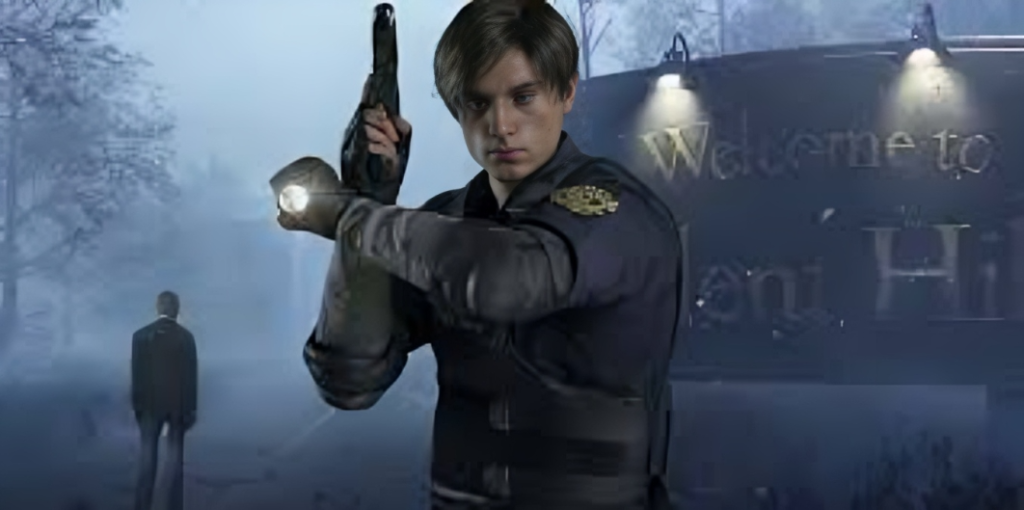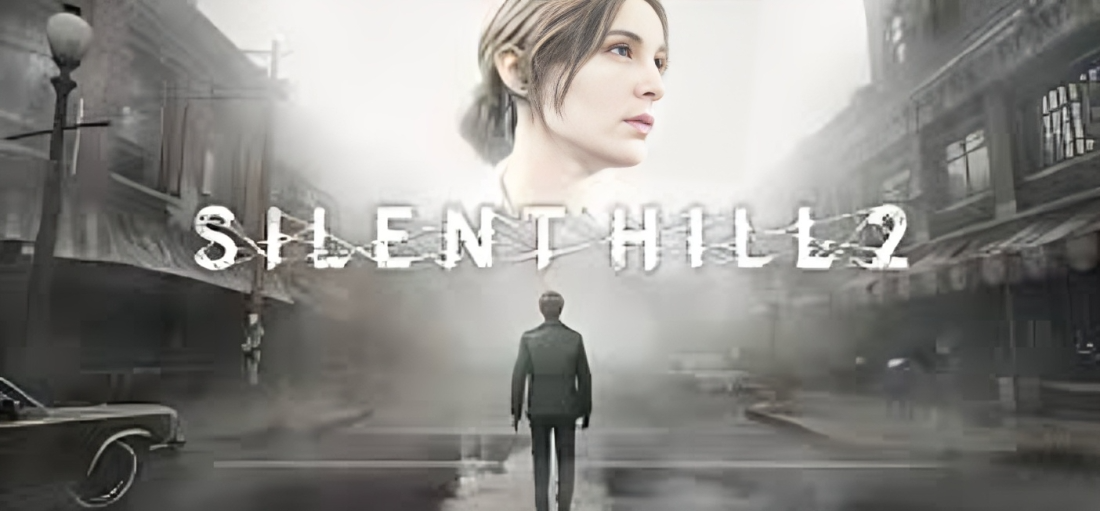Fear has always been a compelling force in storytelling, but few mediums capture its essence quite like video games. Among the pioneers of this genre stands Silent Hill—a name that evokes chills and dread in the hearts of gamers everywhere. Launched in 1999, this iconic franchise redefined what it meant to experience survival horror, pushing boundaries and exploring dark psychological themes.
As players stepped into the fog-laden streets of Silent Hill, they found themselves immersed not just in a world fraught with danger but also one filled with deep emotional resonance. The series invited players to confront their own fears while navigating through nightmarish landscapes. It wasn’t merely about jump scares or grotesque monsters; it was about unraveling the human psyche and facing inner demons.
Join us as we journey through time to explore how Silent Hill transformed survival horror games forever—shaping not only its contemporaries but influencing generations of titles that followed.
The Origins of Survival Horror Games

Survival horror games have their roots in the early days of gaming. Titles like “Alone in the Dark” and “Resident Evil” played pivotal roles, combining adventure elements with a chilling atmosphere. Players faced not just enemies but also limited resources, creating an urgency that kept them on edge.
The genre thrived on tension—players often found themselves outmatched against creatures lurking around every corner. The goal was to survive, but it involved solving puzzles and managing inventory under pressure.
Visuals played a crucial role too. Pixelated graphics gave way to immersive environments filled with shadows and eerie sounds. This combination heightened anxiety levels, making players feel vulnerable and isolated.
As technology advanced, so did storytelling techniques within the genre. Developers began exploring psychological aspects alongside physical threats, setting the stage for what would come next in survival horror evolution: Silent Hill.
Introduction to Silent Hill
Silent Hill emerged as a groundbreaking title in the late ’90s, captivating players with its eerie atmosphere and haunting narrative. Unlike other horror games of the time, it delved deep into psychological fears rather than relying solely on jump scares.
Set in a fog-laden town full of mysteries, Silent Hill’s visuals created an unsettling ambiance that lingered long after gameplay ended. The music and sound design intensified the experience, immersing players into a world where dread was not just felt but experienced.
At its core, Silent Hill explored themes of guilt and trauma. Characters were multi-dimensional, embodying personal struggles that resonated with audiences psychologically. This unique approach distinguished it from contemporaries and set a new standard for storytelling within gaming. Players were left questioning their own realities while navigating through this nightmarish landscape filled with symbolism and deeper meanings waiting to be unraveled.
The Impact of Psychological Horror in Gaming
Psychological horror reshaped the gaming landscape, pushing boundaries in how fear is experienced. It isn’t just about jump scares or grotesque monsters; it delves into the player’s psyche.
Games like Silent Hill leverage atmospheric tension and unsettling soundscapes to evoke dread from within. The use of ambient noise and disorienting visuals creates a sense of unease that lingers long after gameplay ends.
Character-driven narratives further enhance this impact. Players become emotionally invested, feeling their protagonist’s struggles and fears as if they were their own. This connection deepens immersion, making every moment feel palpable.
Moreover, psychological horror introduces themes such as isolation and trauma. These elements resonate with players on a personal level, transforming fear into something relatable yet deeply disturbing.
As developers explore these avenues, the genre continues to evolve. Psychological horror remains a potent force in gaming that challenges perceptions of terror while inviting introspection.
Influences and Inspirations for Silent Hill
Silent Hill drew from a rich tapestry of influences that shaped its haunting atmosphere. The creators were inspired by various forms of media, including literature and film. Notably, the psychological horror elements echo works by authors like H.
P. Lovecraft and Stephen King.
Film also played a crucial role in shaping Silent Hill’s visuals and mood. Movies such as “Jacob’s Ladder” and “The Shining” introduced themes of isolation and dread that permeate the game. These cinematic inspirations helped to craft an unsettling experience that lingers long after gameplay ends.
The real-world settings further fueled its eerie ambiance. Locations like abandoned hospitals or fog-laden streets served as backdrops for the narrative’s emotional depth. This use of familiar yet distorted environments enhanced players’ immersion into Silent Hill’s chilling world, making it all the more terrifying.
Even Japanese culture influenced aspects of design and story, weaving traditional folklore into modern fears to create relatable nightmares for gamers everywhere.
Gameplay and Mechanics in Silent Hill
Silent Hill’s gameplay mechanics diverged from traditional action-focused horror games. Players often found themselves navigating a fog-laden town filled with psychological dread.
The limited visibility added an unsettling layer of tension. You could hear enemies approaching, but not always see them until it was too late. This encouraged players to rely on sound cues and intuition rather than brute force.
Combat felt heavy and cumbersome, enhancing the feeling of vulnerability. Each encounter became a calculated risk rather than a mindless shootout. Resources were scarce; ammunition management turned every shot into a life-or-death decision.
Puzzles also played a central role in Silent Hill’s design. They demanded thoughtful engagement and heightened immersion while exploring the narrative layers within the game world.
This blend of atmospheric storytelling and innovative mechanics created an experience that lingered long after players put down their controllers, reshaping what survival horror could be.
Legacy of Silent Hill and Its Effect on Future Horror Games
Silent Hill left an indelible mark on the horror gaming landscape. Its unique blend of psychological terror and atmospheric storytelling has inspired countless developers. The game showed that fear doesn’t always stem from monsters; sometimes, it resides in the mind.
Many subsequent titles borrowed elements from Silent Hill’s formula. This includes its haunting soundscapes and disturbing visuals, which evoke a deep sense of dread. These features helped shape games like Resident Evil 7 and Layers of Fear.
Moreover, the franchise championed complex narratives filled with ambiguous symbolism. Developers today recognize that engaging stories can elevate gameplay experiences beyond mere jump scares.
As new horror titles emerge, they often pay homage to Silent Hill’s legacy. By embracing both emotional depth and immersive environments, these games continue to push boundaries in how we experience fear in interactive formats.
Conclusion
The evolution of fear in video games has been a fascinating journey, with Silent Hill leading the charge into uncharted territory. The game redefined what it meant to experience horror by blending psychological elements with traditional survival mechanics. Its ability to unsettle players through atmosphere and storytelling remains unmatched.
Silent Hill’s impact continues to shape the genre today. Modern titles still draw inspiration from its eerie ambiance and complex narratives, demonstrating how important this franchise is for future developments in gameplay design. As new generations of gamers explore their fears, they will inevitably encounter echoes of what Silent Hill established years ago.
The legacy left behind serves as a testament not only to its creators but also to the powerful connection between player emotion and interactive storytelling. It’s clear that while times change, the core essence of fear—masterfully captured by Silent Hill—will always resonate within us.

